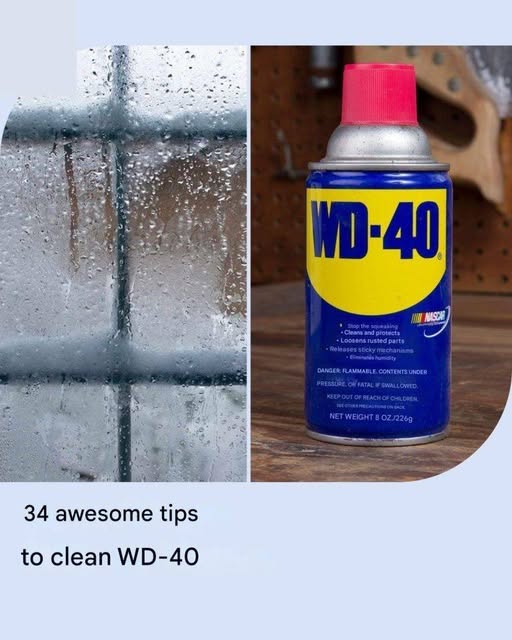Store your WD-40 upright in a cool, dry place with the cap on.
Use the straw attachment for precision to avoid overspray.
Always test on an inconspicuous area first, especially on fabrics or painted surfaces.
Variations:
WD-40 Specialist Line – Try products designed for electrical contacts, dry lube, or degreasing.
WD-40 EZ-Reach – Ideal for deep crevices and tight spaces.
Natural Alternatives – If you prefer chemical-free solutions, look into food-safe silicone sprays for similar tasks.
FAQ:
Q: Is WD-40 safe on electronics?
A: Use the specific WD-40 Electrical Contact Cleaner for electronics. Regular WD-40 may leave a residue not suitable for sensitive components.
Q: Can I use WD-40 on door locks?
A: Yes, just a small amount can help, but for long-term care, graphite-based lubricants are often recommended.
Q: Does WD-40 remove rust completely?
A: It helps loosen and clean surface rust, but for deeper corrosion, a rust remover or rust converter may be more effective.
Q: Is WD-40 toxic indoors?
A: While not highly toxic, use in a well-ventilated space and keep it away from flames or heat sources.



Yo Make również polubił
Bold and Spicy Cajun Salmon and Shrimp – A Flavorful Seafood Feast
Air Fryer Rack of Lamb with Roasted Garlic Aioli: A Gourmet Delight in Less Time
Tarty jabłkowe z ciastem francuskim: łatwe w przygotowaniu i wyjątkowo pyszne
Przepis na “Pineapple Dream” – Tropikalna Uczta Pełna Orzeźwiającego Smaku